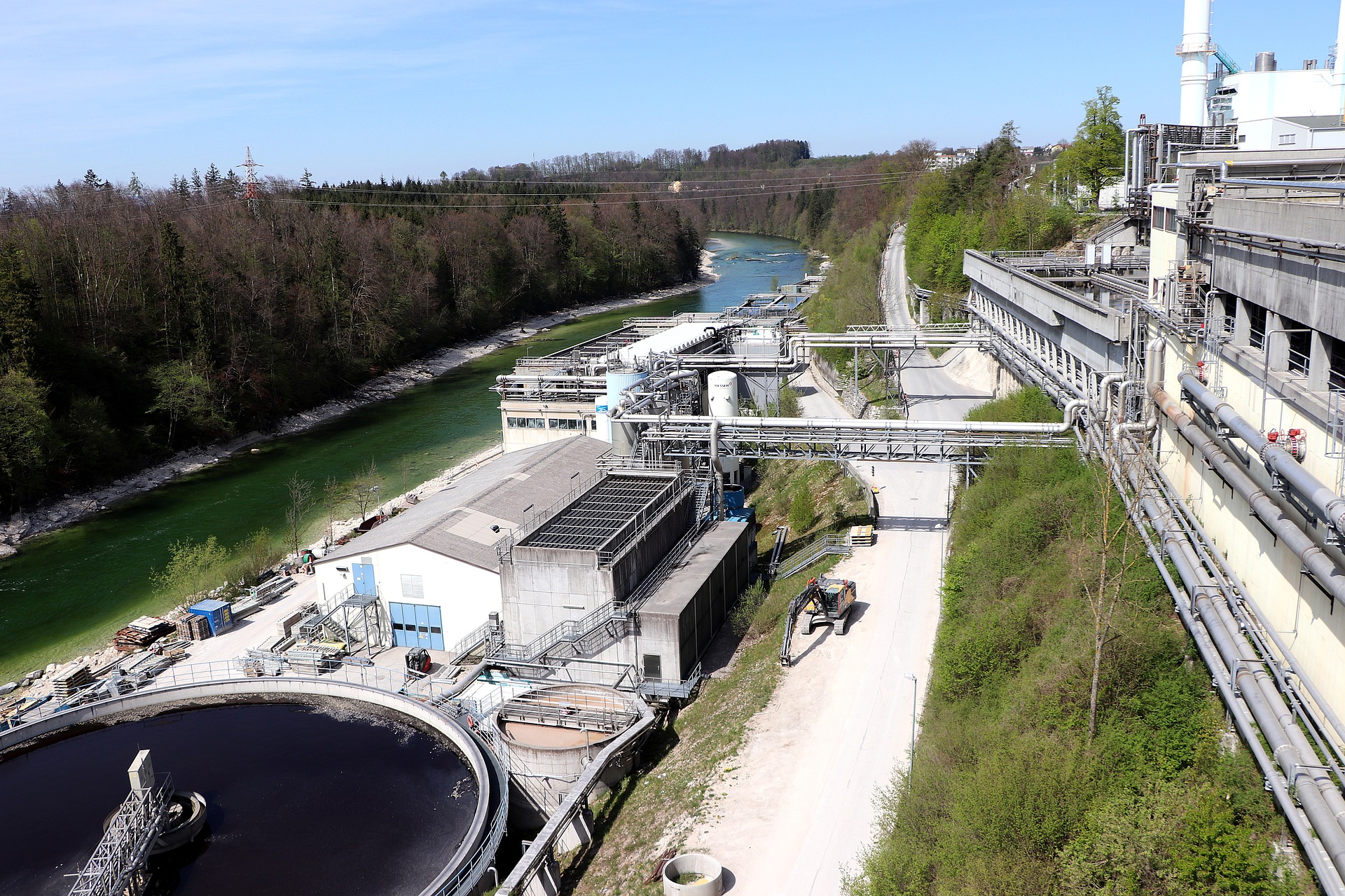Opinion: Why we need to integrate resilience into our infrastructure
Michael Mullan, our Lead on Infrastructure, argues that it is no longer defensible to build infrastructure that fails to take account of climate change
I t is perhaps fitting that I’m now working on resilient infrastructure, given that I was born in the dark. There had been a power cut and the hospital’s backup generator failed. Unfortunately, insufficient, inefficient and unreliable provision of infrastructure services is the norm in many places. Take Venezuela, where hospitals were recently struggling to keep patients alive during extended power outages.
In economic terms the World Bank estimates that every year unreliable infrastructure costs households and firms $391-647 billion in low and middle income countries. On top of these existing problems now come the growing impacts of climate change. More extreme floods are washing away bridges and overwhelming sewage treatment plants. Heat waves are buckling roads, forcing power plants to shut down, while rising seas threaten ports and coastal airports. The recent Special Report on Global Warming of 1.5 °C from the Intergovernmental Panel on Climate Change said that mitigation alone is no longer enough. We urgently need to implement adaptation options too to address our climate emergency.
It is clear that we need more investment in infrastructure, but we also need to make this investment smarter. It is no longer defensible to plan, design, operate or finance infrastructure that does not account for the impacts of climate change. We urgently need to manage climate risk to ensure we can become resilient. It makes no sense whatsoever to be investing trillions of dollars every year in infrastructure that locks-in vulnerability to climate change.

A sewage plant – not something you want to see flooded. Image by Franz W/Pixabay
Return on investment
Ensuring climate resilience adds just 3% (on average) to the cost of new infrastructure. Every 1 Euro invested yields 4 Euros of benefits. Put another way, increasing the height of a bridge to account for sea-level rise will not only help protect the bridge, but it will also protect the ability of farmers to get their crops to market before they rot and enable children to get to school.
However, this isn’t just a defensive agenda of reducing risk. It is a positive one: using climate change as a stimulus to innovate and improve. By taking a system-wide approach to how infrastructure is provided, rather than looking at projects in isolation, there is the scope to reduce costs. Innovative approaches, such as nature-based solutions, can help us mitigate while also increasing biodiversity and providing more flexibility for the future.
Next steps
Achieving this will be a collective effort involving businesses, governments, civil society and financial institutions. At the Global Commission on Adaptation, we are working to make climate resilience the norm for infrastructure. We have great partners to help us achieve this goal, including the Coalition for Disaster Resilient Infrastructure and the Coalition for Climate Resilient Investment, UNOPS, Oxford Environmental Change Institute, OECD and InsuResilience.
In the run up to the Climate Adaptation Action Summit on 22nd October 2020 in Amsterdam, we will be working to:
- Share the tools and data needed understand the risks from climate change
- Translate the concept of climate-resilience into practical terms that can be used by engineers, financiers, and others.
- Work with countries to support efforts to mobilise additional finance for climate-resilient infrastructure
The urgency of making sustainable infrastructure investments today cannot be overstated – we really don’t have a moment to lose.
The ideas presented in this article aim to inspire adaptation action – they are the views of the author and do not necessarily reflect those of the Global Center on Adaptation.